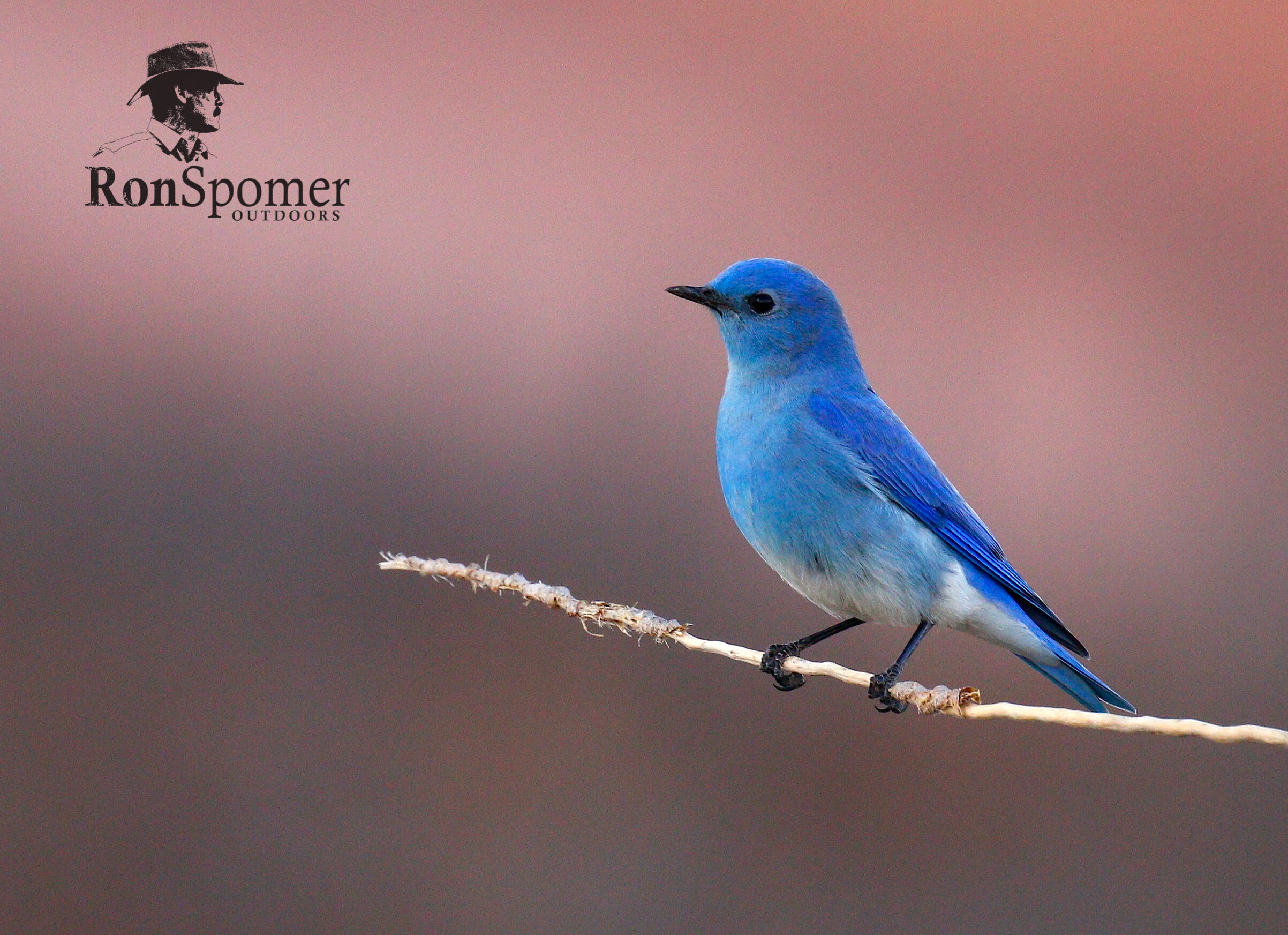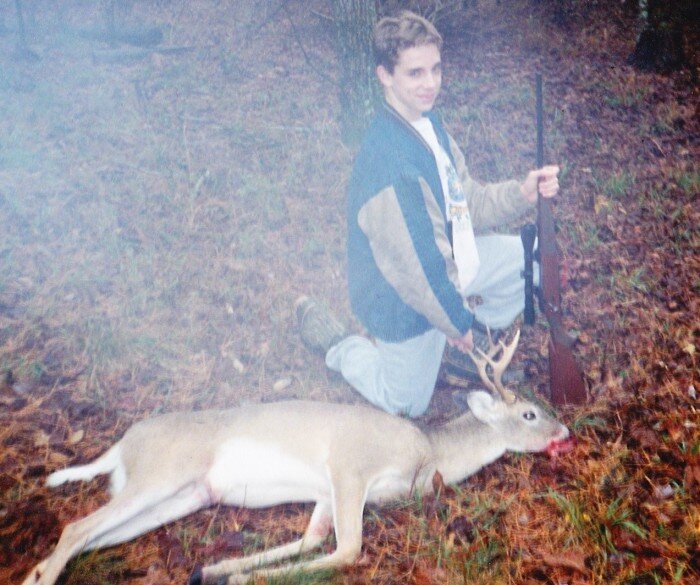Photo 101: Telephoto Depth-of-Field
Mountain Bluebird
Setter Puppy
See how this mountain bluebird pops from its background? That's because there are no sharp, definable background elements. You get this effect with a long focal length (telephoto) lens in conjunction with a wide-open aperture (low f-stop number like f-2.8.) For this handheld shot I used a Canon 100-400 zoom telephoto at 400mm, wide open (f-5.6 aperture.)The longer the focal length of any lens, the shallower its inherent depth-of-field or focus. And the closer you are to your subject, the more dramatic the effect. The farther away the background, the more out-of-focus it will be. This bird was probably 30 feet away, the background several hundred yards away. Combine all four ingredients -- long focal length telephoto lens, wide aperture, close subject, distant background -- and you can make any subject, from insects to elephants, pop dramatically like this bluebird.Notice how the blurred, muted background colors with dark shadows and lighter highlight areas blended into a pleasing artistic color palette. Were this background sharply focused, you'd be shocked. It's the Transit Mix Pikeview rock quarry above Colorado Springs, a surprising wildlife haven that supports not only bluebirds but turkeys, mule deer and the healthiest bighorn sheep herd in Colorado. Given the look of this shot, I guess it qualifies as a lovely photo background, too -- thanks to our blur techniques. Because there are no busy background elements to draw your eye, the bird jumps out and commands attention.The English Setter puppy was shot from about 10 feet with a 100-400 zoom set at 235mm, f-8. The combination of this smaller aperture and focal length results in a bit more definition of the background elements, but not enough to make them distracting. Note how the man's cap is beginning to soften even though it's just a few inches beyond the puppy. Note also how both the puppy's eyes and nose are sharp. When shooting animals it's best to always focus on the eyes. If they aren't sharp, the photo just doesn't look right. Viewers can accept an out-of-focus nose, ear, etc, but the eyes are the window to the soul. Still, I like to get noses sharp, too, which is why I stopped down to an f-8 aperture on this image.By the way, in case you haven't figured it out yet, the background here was a couple of hundred yards away, too. Distance plays a big role in this soft focus business. So, to make your outdoor subjects command attention, get close to them and far from the background. Use the longest focal length lens you can, choose a wide aperture, focus precisely and you'll make your subjects pop.In our next class, we'll look at how wide angle lenses create a completely different look. # # #













